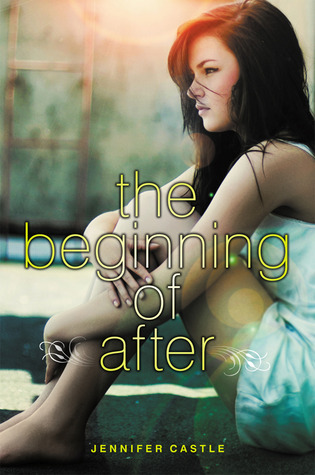
Dear Edward
Book Description
Tragedy strikes when a plane crash leaves young Edward as the sole survivor, plunging him into a world where grief, memory, and survival collide. In the aftermath, he grapples with profound loss and the haunting shadow of the lives that were forever altered in an instant. As Edward navigates the fragility of existence, he forges unexpected connections with others scarred by their own tragedies. Each relationship brings him closer to understanding what it means to live fully after unimaginable loss. Can one boy's journey of healing illuminate the path for those left behind?
Quick Book Summary
"Dear Edward" by Ann Napolitano is a poignant exploration of survival, grief, and healing in the wake of catastrophic loss. When twelve-year-old Edward Adler becomes the sole survivor of a tragic plane crash that claims the lives of 191 people, including his immediate family, he is thrust into a tumultuous journey toward recovery. Struggling to make sense of his newfound solitude, Edward is taken in by his aunt and uncle and becomes a symbol of both heartbreak and hope for many. Through the tender friendships he forms, particularly with his neighbor Shay, Edward slowly attempts to rebuild his life. The novel delicately interweaves moments of despair and resilience, beautifully illustrating how connection, memory, and compassion help Edward and those around him find meaning after tragedy.
Summary of Key Ideas
Table of Contents
The aftermath of tragedy and the journey of survival
A devastating plane crash sets the stage for Edward Adler's transformation. At just twelve years old, Edward miraculously survives the accident that kills every other passenger, including his beloved parents and older brother. The trauma thrums beneath the surface as Edward awakens in a hospital, physically intact but emotionally shattered. The narrative skillfully oscillates between moments on the doomed flight—allowing glimpses into the lives, hopes, and secrets of the other passengers—and Edward’s struggle for survival in its aftermath.
The complexity of grief and the process of healing
Grappling with overwhelming grief and loss, Edward is placed in the care of his aunt and uncle. Their home, saturated with awkward silences and cautious affection, becomes the crucible where Edward’s healing begins. Unable to relate to most adults who see him as a tragic symbol, Edward discovers solace in his relationship with Shay, the girl next door. Shay approaches Edward with curiosity and compassion, giving him a sense of normalcy and anchor as he navigates the turbulence of his emotions.
Formation of unexpected connections and relationships
As the media fixates on Edward’s survival, he shoulders the unintended burdens of fame—the "miracle boy" to strangers, but internally a vessel of pain and confusion. The discovery of hundreds of letters addressed to him from mourners, survivors, and well-wishers exposes him to the wider web of grief. Reading these messages with Shay by his side, Edward is confronted by the ripple effect of loss and the pressing need for meaning. This exposure nudges him toward empathy, prompting self-reflection and a glimmer of agency over his own narrative.
The role of memory in finding meaning
Edward’s healing is not linear; it is marked by stumbling efforts to reconnect to the world, grapple with the profound silence left by his family, and negotiate new relationships with those willing to bear witness to his pain. Through sharing stories, confiding in Shay, and tentatively reaching out to others, Edward reimagines what it means to belong. The act of listening to and honoring the stories of the crash victims, as well as the dreams and hurts of those around him, offers Edward a roadmap for his own survival.
Moving forward and redefining identity
Ultimately, "Dear Edward" is about the slow, often invisible progress of healing and the resilience of the human spirit. Edward’s journey, shaped by the relationships he forges and the memories he preserves, illustrates the persistent search for meaning after loss. Through connection, empathy, and acts of remembrance, Edward—and those who care for him—are transformed. The novel closes with a cautious but genuine hope that in living fully, those left behind can carry the lost forward, not by forgetting, but by integrating the pain and love into the architecture of their own futures.
Download This Summary
Get a free PDF of this summary instantly — no email required.





